Everyone’s got an unused or even quasi-broken tablet lying around these days. [sairuk] has three kids, and somehow ended up with three broken tablets in short order. We’re not saying that correlation implies causality…
The digitizers were shattered, and since they were relatively cheap tablets to begin with, [sairuk] started thinking what could be done with a tablet that doesn’t have touch sensing anymore. He tried making an e-book reader for his kids, but somehow the idea of a MAME “cablet” (get it?) won out in the end. We’re not surprised: simple woodworking, gaming, and electronic hacking. What’s not to love?
This writeup goes into a lot more detail, so check that out too. He and his sons built up cardboard prototypes first (we love cardboard!) and then transferred their plans over to wood for the final “rough cut”. A PS1 controller reads out the joystick and buttons, and a PS1 -> USB adapter plus a USB-OTG cable connects that to the tablet. They also removed the batteries and built in a permanent power supply. Everything is simple and cheap, but the results are still impressive. Although they claim their build isn’t finished to the utmost, it looks pretty darn good to us.
We’re all frackers, so it’s satisfying to see a “junk” tablet put to good use. We’re wondering what [sairuk] is going to do with his other two tablets — we’ve got a suggestion for what he should do if he had twenty kids.


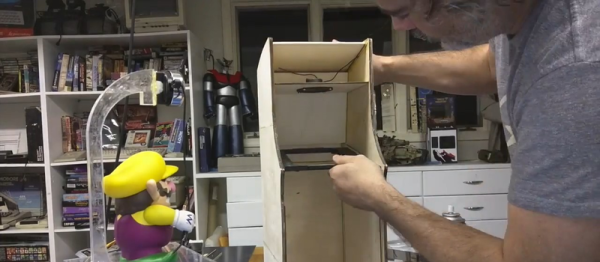
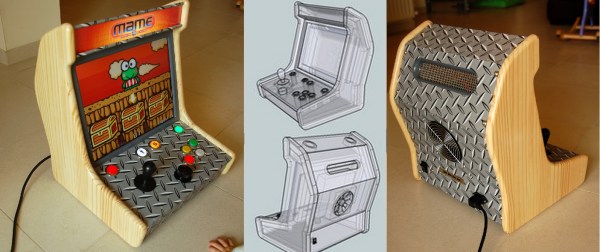
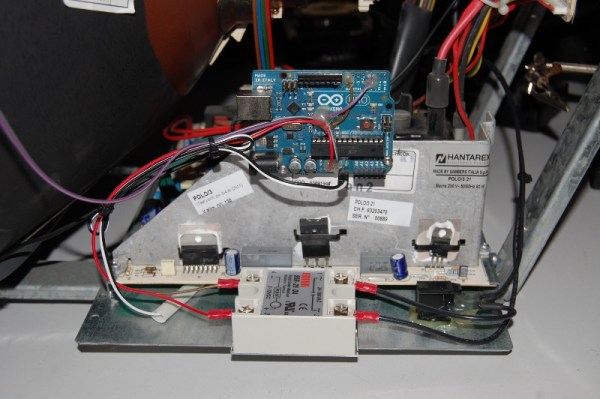
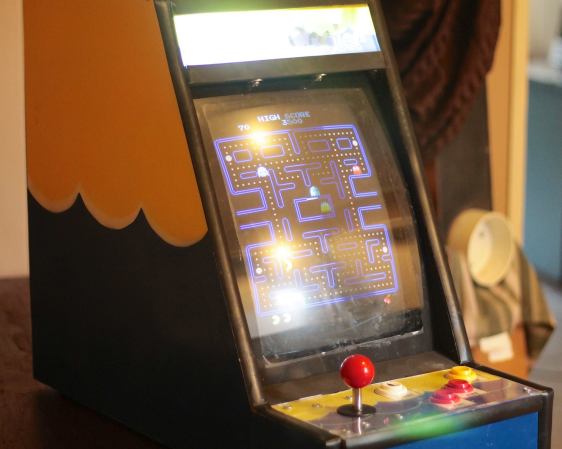
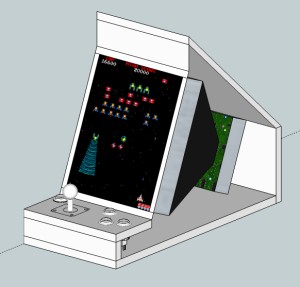
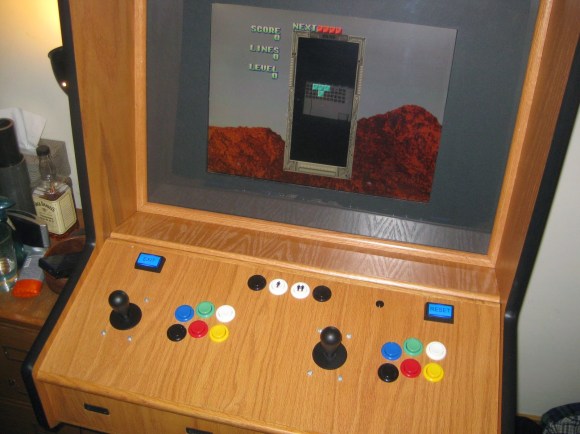
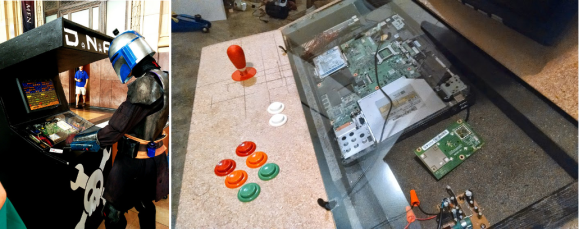 We’re pretty fond of home-built arcade cabinets, especially when those cabinets feature a giant HaD logo on the front. We teased you with a picture of two predators playing it at Maker Faire Kansas City, and we thought you might like to
We’re pretty fond of home-built arcade cabinets, especially when those cabinets feature a giant HaD logo on the front. We teased you with a picture of two predators playing it at Maker Faire Kansas City, and we thought you might like to 








